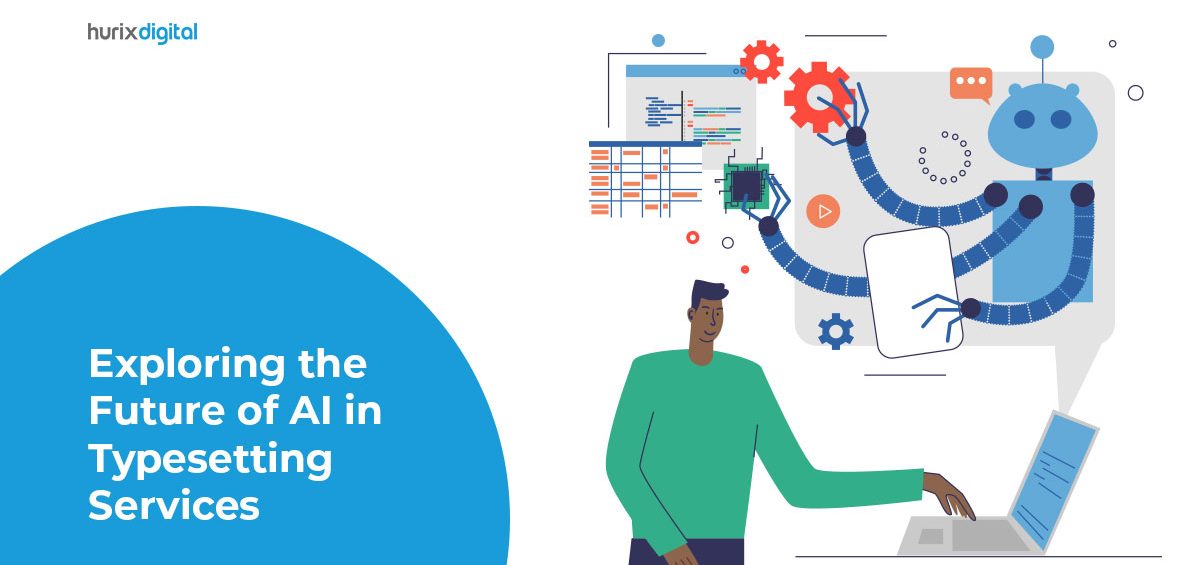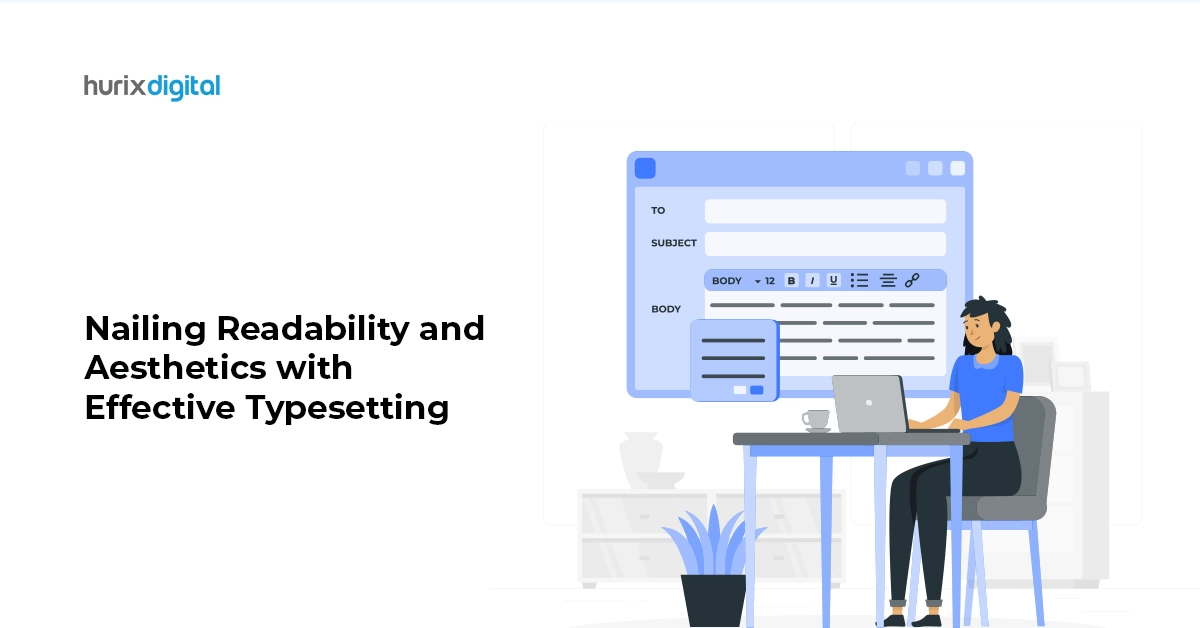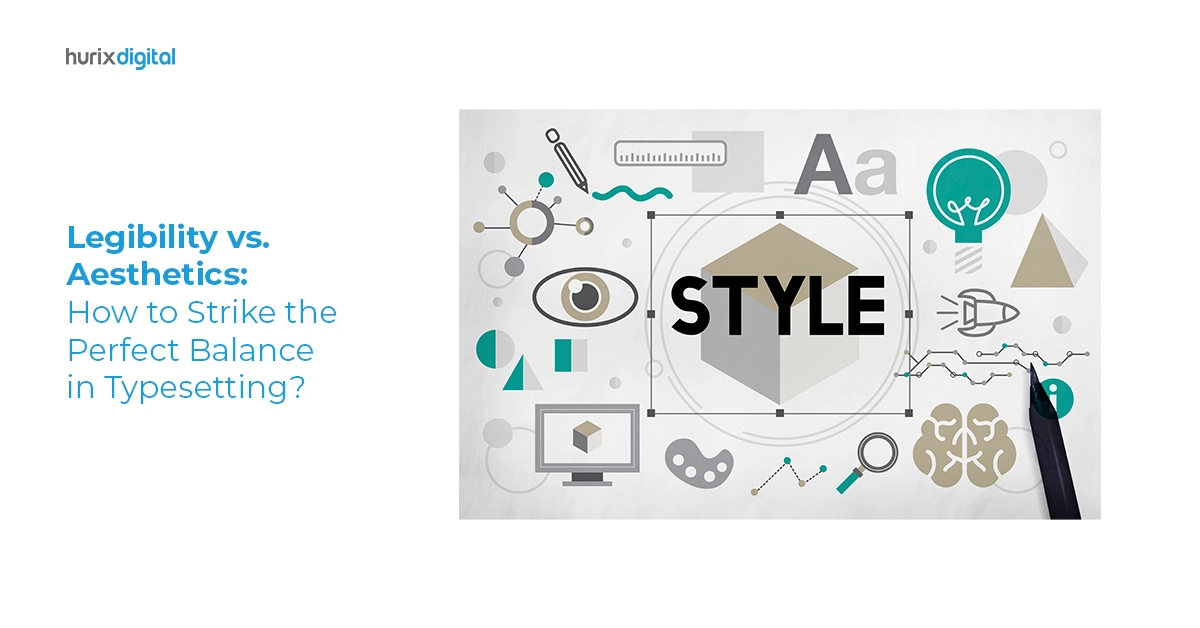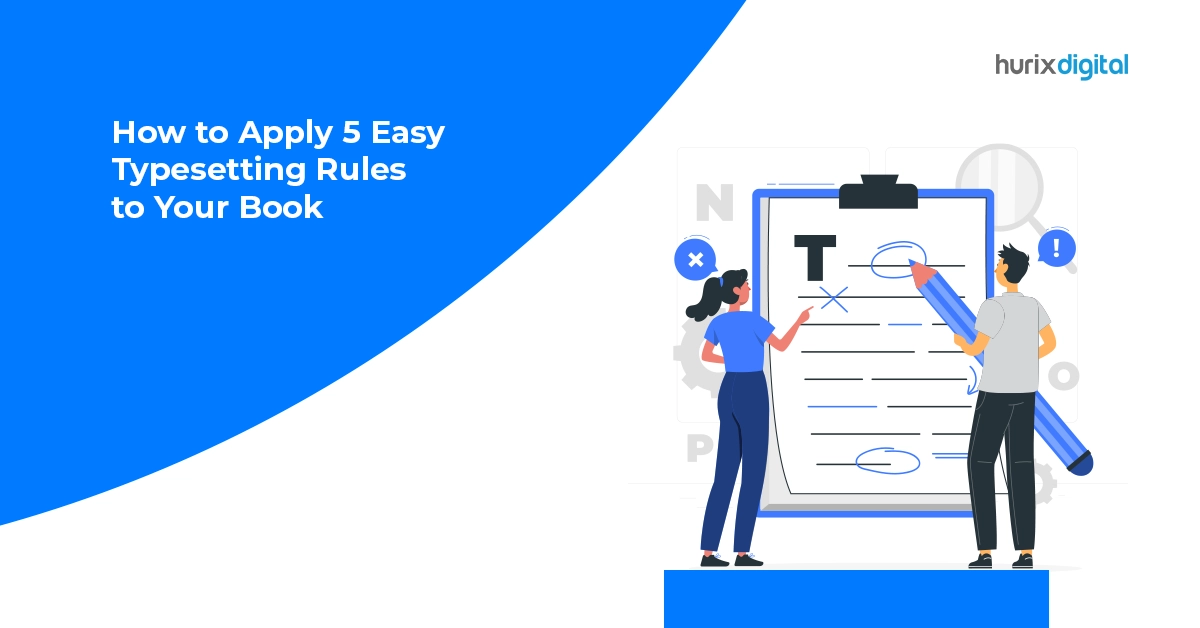Summary
This blog explores the future of AI in typesetting services, and how it is addressing key challenges in the publishing process.
For centuries, the typesetting process has helped enhance the readability of books and documents. From typesetting by hand to the invention of the printing press, the use of technology has helped expedite and enhance the quality of any piece of content.
Digital transformation has further disrupted the publishing process with the demand for state-of-the-art publishing tools to help produce eBooks, scientific journals, slide shows, white papers, and eTextbooks, at scale.
The eBook market alone, which is estimated to be valued at $16.42 billion in 2023, is projected to attain a market size of $20.74 billion by 2028.
The speed of consumption has grown, which has triggered the need for faster go-to-market publishing cycles. However, businesses also need to enhance the quality of content and production values.
When Artificial Intelligence (AI) and typesetting come together, all these outcomes are made possible.
In this blog, we explore the future of AI in typesetting services and the advantages it brings to the publishing table, and a business’s bottom line.
Table of Contents:
- What is AI in Typesetting?
- Key Typesetting Challenges
1. Longer Go-To-Market Time Frame
2. Labor-Intensive Activity
3. Lack of Seamless Collaboration - Key Advantages of AI in Typesetting
1. Higher Level of Customization
2. Simplifies Complex Formatting
3. Seamless Collaboration
4. Quicker Turnaround of Content Products
5. Easier To Scale
6. Higher ROI - Conclusion
What is AI in Typesetting?
Typesetting is essentially a key process that publishers use to ensure that content is presented in a manner that makes it attractive to consume.
Images and text must be spaced out in such a way that it improves readability. This process also involves choosing the right format for sections such as table of contents.
With so much content being produced every day, publishers seek to build content that stands out from the clutter. Strategic, creative typesetting raises the readability of content and can serve as a differentiator.
This is where AI-powered typesetting tools are playing a major key role in this transformation. They help simplify the typesetting process, making it more intuitive and seamless in several ways.
Also Read: How do We Technically Approach AI/ML Solutions?
Key Typesetting Challenges
A snapshot of challenges associated with manual typesetting processes:
1. Longer Go-To-Market Time Frame
Typesetting has traditionally been a time-consuming process. The format for each section and content product had to be decided from scratch.
Hence, it would take longer for publishers to take their work to market.
2. Labor-Intensive Activity
This was a labor-intensive activity that took up a lot of mental bandwidth. Designers spent an extensive amount of time on each manuscript, where each section needed to be laid out independently.
They also had to manually ensure uniformity of each section, and standardization of the typesetting.
3. Lack of Seamless Collaboration
A third challenge is that there would be extensive back and forth between the multiple stakeholders of any project. For instance, these included editors, authors, designers, and advertisers.
Every draft needed to be emailed to various stakeholders who would then come back with changes, which needed to be manually made on the draft.
Also Read: AI-Powered Copyediting: Redefining the Editor’s Role
Key Advantages of AI in Typesetting
Here’s a snapshot of cloud-based AI-driven typesetting software that is transforming the typesetting process and driving superior outcomes for businesses:
1. Higher Level of Customization
Typesetting automation with AI intuitively recommends relevant templates and styles based on content needs.
Auto styling capabilities with easy conversion between formats enable faster turnaround time without compromising on quality.
2. Simplifies Complex Formatting
As AI in the typesetting industry becomes the norm, the tools are solving many common challenges. For instance, publishing Mathematical formulae is been a key challenge due to the complex formulae involved.
However, AI-powered typesetting tools enable each formatting of such formulae. Another key solution is the ability to publish content in languages of a different script such as Arabic and Chinese.
This solution helps businesses reach more markets, as they can publish content in multiple languages and break through language barriers.
3. Seamless Collaboration
Cloud-based AI typesetting software brings multiple stakeholders, such as editors, authors, and designers, onto one platform at a time. This approach enables them to collaborate seamlessly.
Corrections come with track changes, emails are triggered to authors and editors for review, and editors can view the status of articles at any given time. Easy collaboration reduces the double work and boosts the potential for a superior product.
4. Quicker Turnaround of Content Products
Features such as auto-styling and easy collaboration help teams reduce the duration of their production cycles. Thus typesetting innovation with AI is enabling businesses to expedite the entire process, and take their products to market much faster.
5. Easier to Scale
The digital publishing market, valued at $36.8 billion in 2021 is estimated to become a $69.8 billion industry by 2028. Businesses looking to be a part of this revolution need to upgrade the technology creating the content.
With expedited timelines for each production cycle, businesses can scale their publishing efforts and bring out more digital books, textbooks, marketing material, and scientific journals based on their field of work. They can stay relevant in an increasingly digitized world.
6. Higher ROI
The shift from traditional typesetting methods to AI-based typesetting techniques helps businesses work with lean teams. It also helps them expedite their production cycles, and avoid wastage of time and resources.
The products delivered have the potential to be of superior quality. All these factors contribute to helping businesses cut costs and become more profitable.
Conclusion
AI in typesetting is helping businesses transform their publishing operations, bringing more efficiency, collaboration, and quality to the process and its outcomes. Technology coupled with the intervention of the human touch helps cement the creation of a superior product.
If your company is looking to transform its typesetting processes, Hurix Digital is geared to support you in meeting all your publishing needs. Our state-of-the-art AI digital publishing platform is available as a licensed version (one-time buy) and via a subscription model. We also offer in-house pre-press, and AI-assisted typesetting solutions, to meet your publishing needs.
Get in touch with us to start a conversation.











